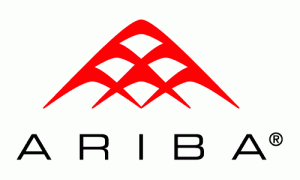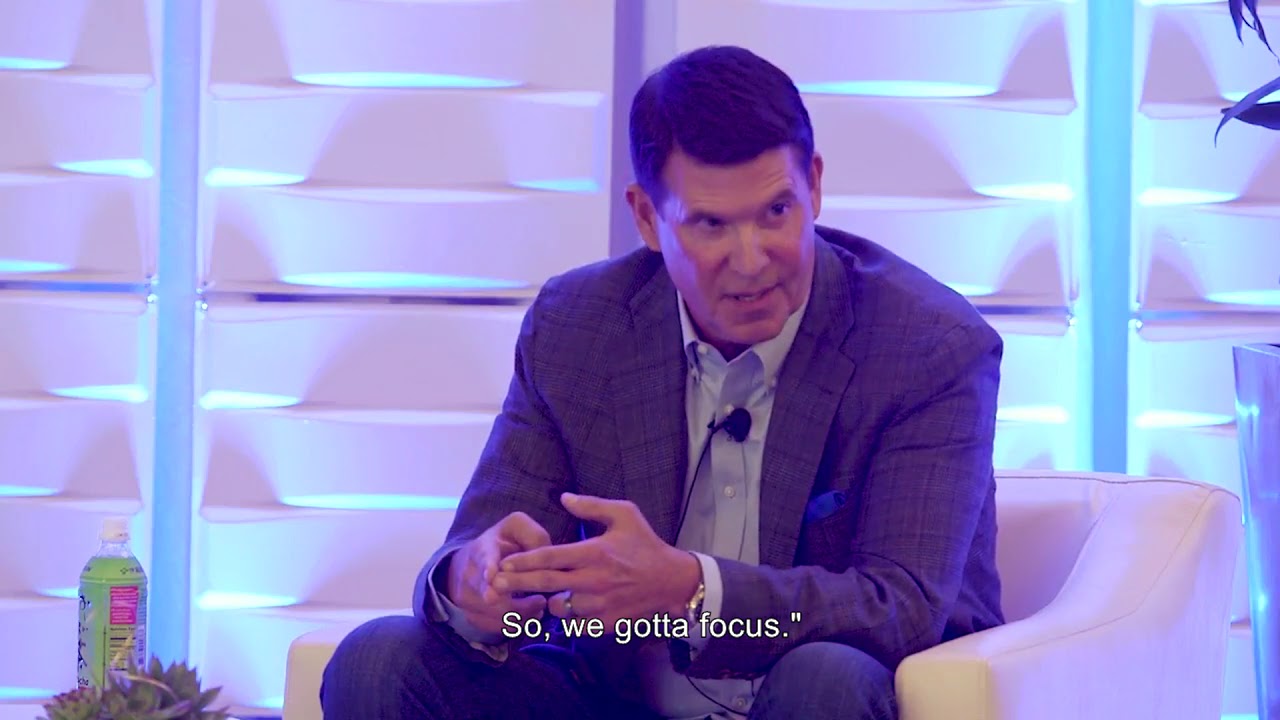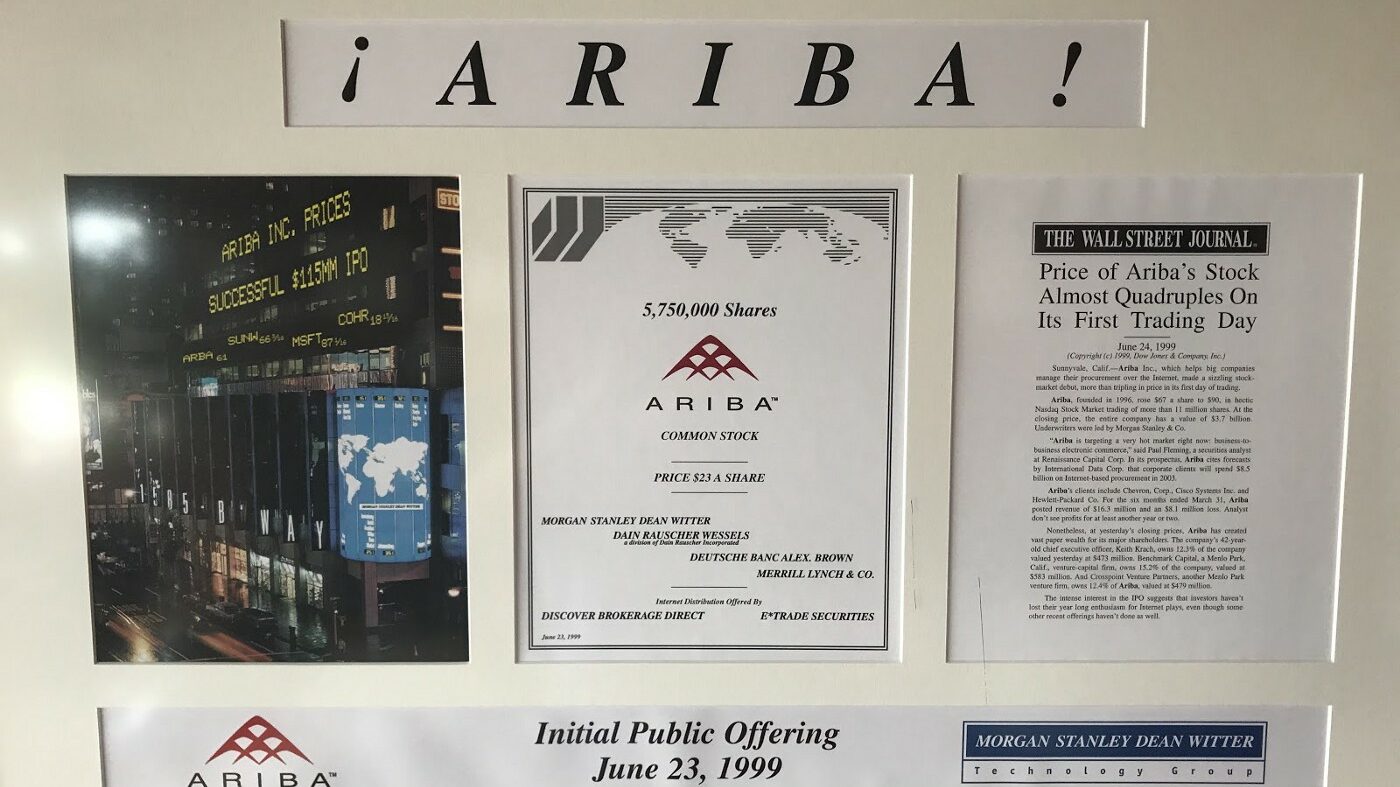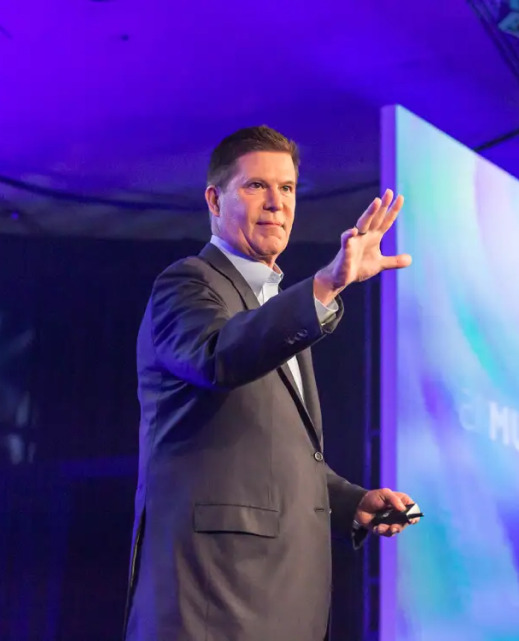
ELECTRONIC COMMERCE
After Rasna, Krach became Benchmark Capital’s first Entrepreneur in Residence. While there, he hit on the idea of using the Internet for B2B commerce.

ARIBA


After Rasna, Krach became Benchmark Capital’s first Entrepreneur in Residence. While there, he hit on the idea of using the Internet for B2B commerce. He assembled a top-notch team of experts, many from Rasna, and secured a first round of funding to get the company started. In April ‘97, Ariba revealed its first product and kicked off a wave of innovation and productivity that spread around the world.
After the launch, Ariba doubled its revenue quarter over quarter for 16 months in a row. The company was cash flow positive from its 2nd quarter of existence. Early investors called it the “Ariba Rocketship.” After 20 years as a public company, Ariba is now under the wings of SAP (acquired for $4.3B). Ariba remains the global standard in B2B e-commerce, and last year the Ariba Network transacted $3.7 Trillion.
Accomplishments
WORLD’S FIRST ENTERPRISE APPLICATION ON THE INTERNET; WORLDS FIRST B2B E-COMMERCE NETWORK
WORLD’S FASTEST GROWING SOFTWARE COMPANY, DOUBLING REVENUE EVERY QUARTER FOR 16 QUARTERS IN A ROW
SHARE PRICE NEARLY QUADRUPLED AT IPO, RAISING $6 BILLION, INCREASING TO VALUATION OF $40 BILLION BY 2000
SOLD TO SAP, NOW PROCESSING $3.7 TRILLION IN TRANSACTIONS ANNUALLY
Lessons from Ariba
HAVE A BIG MARKET
It’s just as easy to start a company in a big market as a small market, particularly if there’s a paradigm shift. At Rasna, Krach learned how difficult it was to put in the work needed to win in a small market. But Ariba was the big one. This was commerce. This was disrupting one of the biggest, oldest industries in the world.
KEEP THE POSITIONING SIMPLE
At Benchmark Capital, Krach talked with a lot of companies that needed CEOs. He became convinced that one looked like a good investment. The Benchmark team asked Krach to explain what the company did. After 10 minutes of explaining, everyone was still confused. The team explained that if you can’t position it in a few words, there’s probably not much of a market for it.
The positioning out of the gate for Ariba was the ‘purchasing agent for the purchasing agent.’
FOCUS. FOCUS. FOCUS.
To become category king, you need to start by dominating a market small enough that you can own, but big enough to live off of. Ideally, it’s defensible, and it will be a strategic high ground you can use to win adjacent markets.
Ariba focused by first targeting buyers, applying the golden rule: “The guy with the gold rules.” Then, the company decided to focus on indirect goods instead of direct. Indirect goods are the things you need to run the business that don’t go directly into your product — paper clips, computers and so on. Companies buy billions of dollars in indirect goods, but they don’t have to be made to order so transactions can be automated more quickly. Finally, Ariba focused on the requisitioning process, because that was paper-intensive and time-consuming. A great problem to solve.
IT’S ALL ABOUT EXECUTION
You make stuff. You sell stuff. You satisfy the customer. You can have the greatest strategy in the world, but if you can’t execute, you’re going to fail every time. You can have a mediocre strategy, but if you can out-execute your competition, you can win.
HAVE A SOLID BUSINESS MODEL
At Benchmark, Krach heard from a lot of dot-com CEOs whose business plan was to build a popular site, and then sell advertising. A few companies might succeed at this, but not many. For Ariba, Krach’s team created a real quantitative value proposition and charged a lot of money for it — the so-called “old-fashioned way of doing business.”
THE COMPANY WITH THE BEST PEOPLE WINS
At Ariba, the rule was always to hire better than yourself. “A” people hire “A” and “A+” people. “B” people hire “C” people. The principle of always hiring the best was so deeply ingrained in the company that in the early days, a number of top executives actually went to Krach and offered to take less senior roles to that they could be replaced with higher caliber people who would be better able to grow the company.
ASK CUSTOMERS WHAT THEY WANT
Early on, Krach asked his head of engineering to build a prototype. He wisely said, ‘No, I’m not going to write a single line of code until we go out and talk to customers.’ Krach’s team identified a diagonal slice of Fortune 500 people to talk with, from CEOs to VPs, to purchasing agents, to individual contributors. They asked just two questions: ‘How are you doing it [procurement] now?’ They would typically say, ‘Oh, man, it’s a mess. It’s a paper-based process; it takes forever. You never know what you’re going to get. I hate the purchasing guy.’
Then they asked, ‘What would be ideal?’ ‘Oh, it’d be automated,’ they would say. ‘You could have a walk-up user interface; you could parametrically change the business rules. It’d be integrated with the financials. Maybe someday, it would use this thing called the internet and maybe hook up with the suppliers. You wouldn’t need any paper … So, what are you guys building anyway?’
Ariba’s Stock Price Triples In Its First Day of Trading
Ariba Inc., which helps big companies manage their procurement over the Internet, made a sizzling stock-market debut, more than tripling in price in its first day of trading Wednesday.
Learn MoreThe Ariba Legacy Built-to-Last
We just celebrated the 20th anniversary of Ariba’s founding last year, and 18 years ago today we took the company public.
Learn More








